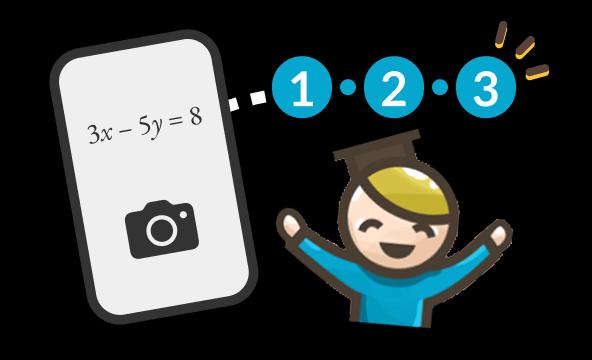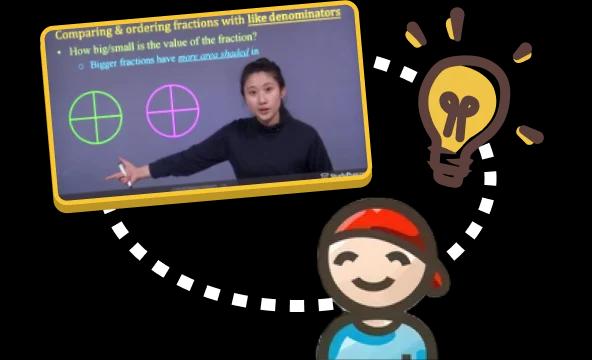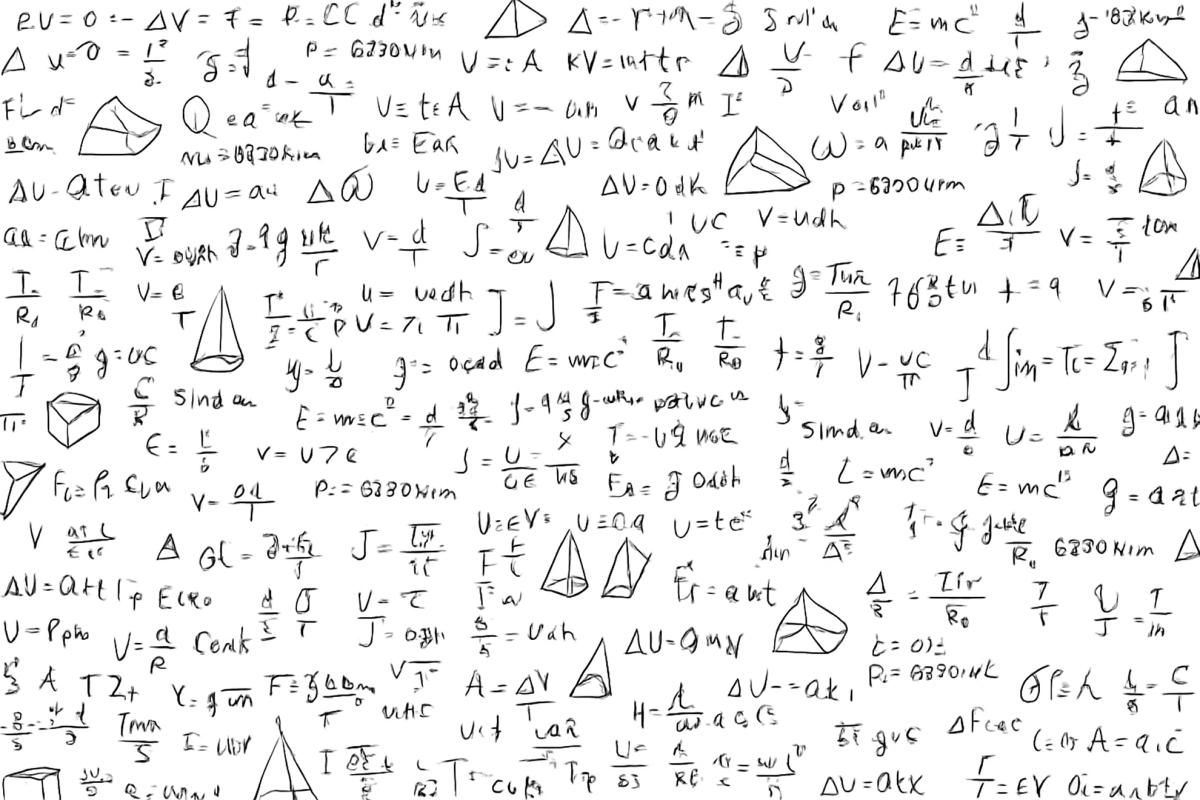4th Grade Math Help for Your Child
Master multiplication, division, fractions and decimals with personalized learning
Try Our 4th Grade Math Practice Test


Photo Search
Snap homework to find the right video lesson

Personalized Learning
Identifies gaps and builds a custom video path

Matches School Work
Follows Common Core and state standards
4th Grade Math Topics
Help
1. Fractions
2. Introduction to Decimals
3. Adding and Subtracting Numbers
4. Multiplying and Dividing Numbers
5. Place Value
6. Patterns
7. Angles and Lines
8. 2D Shapes and Planes
9. 3D Shapes
12. Time
13. Organizing Data
14Chapters
76Topics
1216Videos


